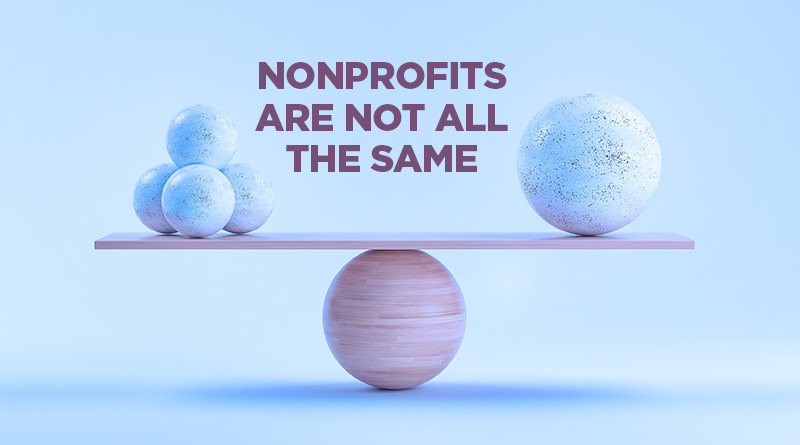Differences between 501(c)(3) and a 501(c)(4) Nonprofits Organizations
In the landscape of nonprofit organizations, two classifications are often confused with one another: 501(c)(3) and 501(c)(4). On the surface, they might appear the same, but these organizations have significant differences that affect what they do and how they can help people. GrantWatch looks closely at these nonprofit groups to show you what makes them unique and how they work to make the world a better place. Let’s start with simple definitions and then break them down.
501(c)(3):
The most common type of nonprofit classification is the 501(c)(3). To achieve this status, an organization must align with IRS-defined exempt purposes to qualify. Simply stated, 501(c)(3) tax-exempt nonprofits are charitable organizations operated for religious, charitable, scientific, and educational purposes. To retain their tax-exempt status, 501(c)(3) directors, officers, and other employees cannot benefit from dividends. They can draw a salary as compensation for work done but cannot take a share of profits or distribution of assets.
Furthermore, the organization must keep its legislative activities, lobbying, and propaganda efforts at a minimum, typically constituting 10-20 percent of its overall activities. Also, they must file Form 990 to report the organization’s financial information for the year. In many cases, churches and schools fall under 501(c)(3) status, although they may have additional filing obligations. On the plus side, contributions made to 501(c)(3) organizations by individuals and corporations are often tax-deductible, incentivizing people to support these charitable causes.
501(c)(4)
Two types of organizations fit into the 501(c)(4) category: social welfare organizations and local associations of employees. Social welfare organizations are the most common and can include homeowner associations and volunteer fire companies if they fit the exemptions. In addition, earnings cannot benefit any individual shareholder or member.
A 501(c)(4) organization can engage in lobbying to achieve its social welfare purpose. However, if it does, it may be required to disclose how much of members’ dues are applicable to lobbying activities or pay a proxy tax.
Conversely, a 501(c)(4) cannot directly or indirectly participate in any political campaigns on behalf or in opposition to a candidate. However, it can engage in some political activity as long as that activity is not the primary purpose, however, those expenses might be subject to taxation. In conclusion, a 2010 Supreme Court decision allowed corporations and labor unions to register as 501(c)(4)s and removed caps on political contributions.
Breakdown: Similarities Between 501(c)(3) and 501(c)(4) nonprofits
- First, both types of organizations are eligible for federal tax exemption.
- In addition, both organizations exist to serve the public good.
- Both 501(c)(3) and 501(c)(4) nonprofit organizations are required to file annual information returns with the IRS.
- Finally, information, like tax-exempt status and financial records is available to the public.
Breakdown: Differences Between 501(c)(3) and 501(c)(4) nonprofits
- Firstly, 501(c)(3) nonprofits are considered charitable organizations while 501(c)(4) nonprofits are classified as social welfare groups.
- Monetary contributions to 501(c)(3) nonprofits are tax-exempt. However, donations to 501(c)(4) nonprofits are not.
- In addition, 501(c)(4) nonprofit organizations can engage in lobbying and advocacy work related to legislation. They can advocate for specific issues or legislation but cannot make it their primary activity.
- Finally, 501(c)(4) organizations, unlike 501(c)(3) organizations, can engage in some political campaign activities. However, political intervention cannot be their primary purpose.
GrantNews Notes:
We hope this article was helpful in your nonprofit journey! Feel free to leave a comment about something you learned, or any other topics you’d like us to cover here at GrantWatch.com.
With close to 8,000 grants currently available, GrantWatch.com is the leading grant listing directory. Upgrade to a MemberPlus+ subscription to view the full grant details, including eligibility criteria and application information. For more information, visit GrantWatch FAQ. To see the great value of all 20 of the top GrantWatch features, click here.

